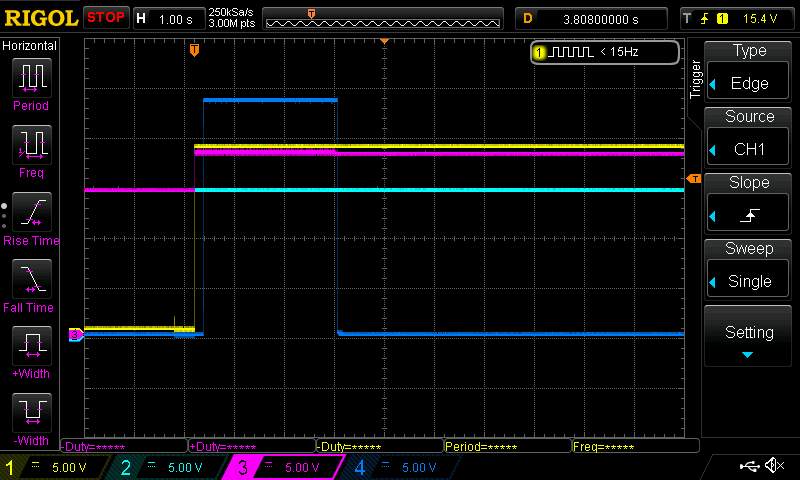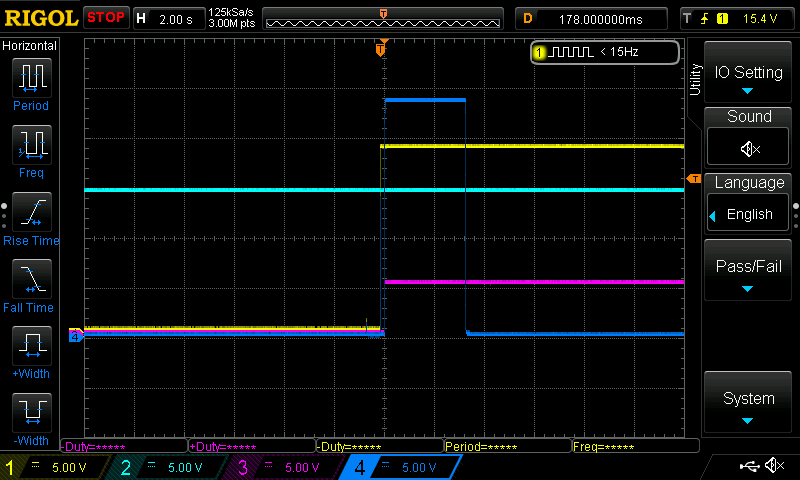Hi Community,
I've been using a bq24725A part for a 4 cell battery charger circuit, and I recently included the suggested reverse polarity circuit (datasheet figure 18) in the design. I now encounter an interesting problem.
When my battery depletes to a particular voltage, and I plug in the external supply/adaptor, ACDRV will drop after a few seconds. This prevents me from charging the battery. If the battery is high enough, 15/16V, this behavior does not occur. But when the battery is very low, or exhausted completely, ACDRV will not continue to drive the ACFET. In an older design this existed worked, without the reverse protections (Figure 18 Q6 and D2). But I can't tell why they would matter?
Anyone else have issues, or suggestions how to handle this particular case?
Thanks.






